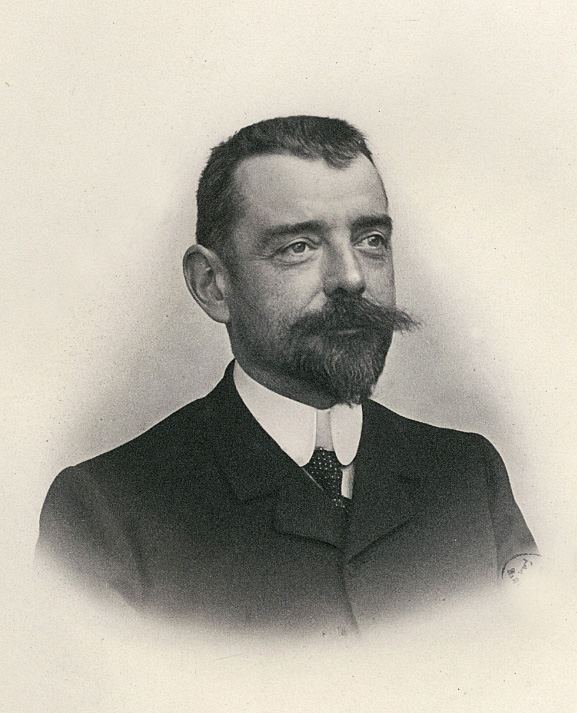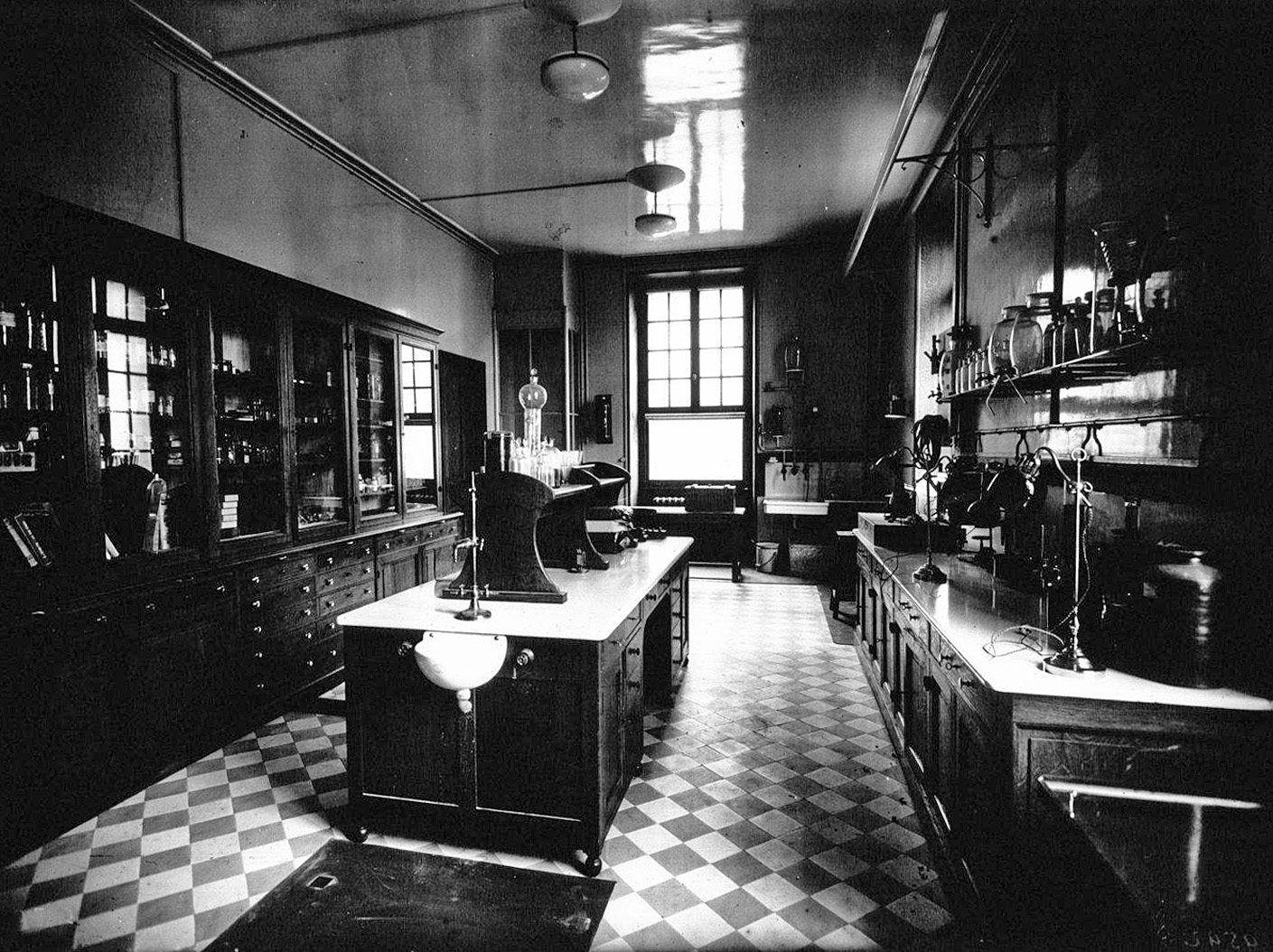Louis Joubin on:
[Wikipedia]
[Google]
[Amazon]
 Louis Marie Adolphe Olivier Édouard Joubin (27 February 1861 in
Louis Marie Adolphe Olivier Édouard Joubin (27 February 1861 in
Sociétés savantes and in 1903 succeeded Edmond Perrier as ''chaire des mollusques, des vers et des zoophytes'' at the
Google Books
 Louis Marie Adolphe Olivier Édouard Joubin (27 February 1861 in
Louis Marie Adolphe Olivier Édouard Joubin (27 February 1861 in Épinal
Épinal (; german: Spinal) is a commune in northeastern France and the prefecture of the Vosges department.
Geography
The commune has a land area of . It is situated on the river Moselle, south of Nancy. Épinal station has rail connecti ...
– 24 April 1935 in Paris
Paris () is the Capital city, capital and List of communes in France with over 20,000 inhabitants, most populous city of France, with an estimated population of 2,165,423 residents in 2019 in an area of more than 105 km² (41 sq mi), ma ...
) was a professor at the Muséum national d'Histoire naturelle
The French National Museum of Natural History, known in French as the ' (abbreviation MNHN), is the national natural history museum of France and a ' of higher education part of Sorbonne Universities. The main museum, with four galleries, is loc ...
in Paris
Paris () is the Capital city, capital and List of communes in France with over 20,000 inhabitants, most populous city of France, with an estimated population of 2,165,423 residents in 2019 in an area of more than 105 km² (41 sq mi), ma ...
. He published works on nemertea
Nemertea is a phylum of animals also known as ribbon worms or proboscis worms, consisting of 1300 known species. Most ribbon worms are very slim, usually only a few millimeters wide, although a few have relatively short but wide bodies. Many h ...
ns, chaetognatha
The Chaetognatha or chaetognaths (meaning ''bristle-jaws'') are a phylum of predatory marine worms that are a major component of plankton worldwide. Commonly known as arrow worms, about 20% of the known Chaetognatha species are benthic, and ca ...
, cephalopods, and other molluscs
Mollusca is the second-largest phylum of invertebrate animals after the Arthropoda, the members of which are known as molluscs or mollusks (). Around 85,000 extant species of molluscs are recognized. The number of fossil species is estim ...
.
He served as an assistant to Henri de Lacaze-Duthiers, subsequently becoming director of the laboratories at Banyuls-sur-Mer
Banyuls-sur-Mer (; ) is a commune in the Pyrénées-Orientales department in southern France. It was first settled by Greeks starting in 400 BCE.
Geography Location
Banyuls-sur-Mer is located in the canton of La Côte Vermeille and in the ar ...
(1882) and Roscoff
Roscoff (; br, Rosko) is a commune in the Finistère département of Brittany in northwestern France.
Roscoff is renowned for its picturesque architecture, labelled (small town of character) since 2009. Roscoff is also a traditional departure ...
(1884). Later on, he became an instructor at the University of Rennes
The University of Rennes is a public research university which will be officially reconstituted on 1 January 2023 and located in the city of Rennes, in Upper Brittany, France. The University of Rennes has been divided for almost 50 years, before ...
,ProsopoSociétés savantes and in 1903 succeeded Edmond Perrier as ''chaire des mollusques, des vers et des zoophytes'' at the
Muséum national d'Histoire naturelle
The French National Museum of Natural History, known in French as the ' (abbreviation MNHN), is the national natural history museum of France and a ' of higher education part of Sorbonne Universities. The main museum, with four galleries, is loc ...
(from 1917 onward his title was ''chaire des mollusques''). In 1906 he was chosen by Albert I, Prince of Monaco
Albert I (Albert Honoré Charles Grimaldi; 13 November 1848 – 26 June 1922) was Prince of Monaco from 10 September 1889 until his death. He devoted much of his life to oceanography, exploration and science. Alongside his expeditions, Albert I ...
to be in charge of instruction at the Institut océanographique.
In 1905 he was named president of the Société zoologique de France
La Société zoologique de France ( en, "Zoological Society of France"), founded in 1876 by Aimé Bouvier, is a scientific society devoted to Zoology. It publishes a bulletin and organises the Prix Gadeau de Kerville de la Société zoologique d ...
. In 1920 he became a member of the Académie des Sciences
The French Academy of Sciences (French: ''Académie des sciences'') is a learned society, founded in 1666 by Louis XIV at the suggestion of Jean-Baptiste Colbert, to encourage and protect the spirit of French scientific research. It was at th ...
.
Joubin's squid (''Joubiniteuthis portieri'') is named for him, as is '' Scolymastra joubini'', a hexactinellid sponge
Sponges, the members of the phylum Porifera (; meaning 'pore bearer'), are a basal animal clade as a sister of the diploblasts. They are multicellular organisms that have bodies full of pores and channels allowing water to circulate throug ...
whose lifespan is purportedly 10,000 years.

Written works
* ''Les Némertiens'', 1894 -Nemertean
Nemertea is a phylum of animals also known as ribbon worms or proboscis worms, consisting of 1300 known species. Most ribbon worms are very slim, usually only a few millimeters wide, although a few have relatively short but wide bodies. Many ...
s.
* ''Contribution à l'étude des Céphalopodes de l'Atlantique Nord'', 1895 - Contributions to the study of cephalopods of the North Atlantic.
* ''Expédition antarctique française (1903-1905) : commandée par le Dr. Jean Charcot. Science naturelles: documents scientifiques''. - French Antarctic Expedition (1903–05) : commanded by Jean Baptiste Charcot
Jean-Baptiste-Étienne-Auguste Charcot (15 July 1867 – 16 September 1936), born in Neuilly-sur-Seine, was a French scientist, medical doctor and polar scientist. His father was the neurologist Jean-Martin Charcot (1825–1893).
Life
Jean- ...
, Natural science: scientific documents of the expedition.
* ''Deuxième expédition antarctique française (1908-1910) / Sciences naturelles: documents scientifiques''. - Second French Antarctic Expedition (1908–10) / Natural sciences: scientific documents of the expedition.
* ''La vie dans les océans'', 1912 - Life in the oceans.
* ''Chétognathes provenant des campagnes des yachts Hirondelle et Princesse-Alice, 1885-1910'' (with Louis Germain Alfred Louis Pierre Germain (8 January 1878 – 18 October 1942) was a French malacologist born in Niort, department Deux-Sèvres.
He studied in Angers and Paris, obtaining his doctorate of sciences in 1907. Later he worked under Louis Joubin in ...
), 1916 - Chaetognatha
The Chaetognatha or chaetognaths (meaning ''bristle-jaws'') are a phylum of predatory marine worms that are a major component of plankton worldwide. Commonly known as arrow worms, about 20% of the known Chaetognatha species are benthic, and ca ...
from campaigns of the yachts Hirondelle and Princesse-Alice, 1885-1910.
* ''Le fond de la mer'', 1920 - The bottom of the sea.
* ''Les métamorphoses des animaux marins'', 1926 - Metamorphosis of marine animals.
* ''Éléments de biologie marine'', 1928 - Elements of marine biology.
* ''Faune ichthyologique de l'Atlantique nord'', 1929 - Ichthyological fauna of the North Atlantic.
* "Cephalopods from the scientific expeditions of Prince Albert I of Monaco
Albert I (Albert Honoré Charles Grimaldi; 13 November 1848 – 26 June 1922) was Prince of Monaco from 10 September 1889 until his death. He devoted much of his life to oceanography, exploration and science. Alongside his expeditions, Albert ...
"; published in 1995 into English.Google Books
References
External links
* {{DEFAULTSORT:Joubin, Louis 1861 births 1935 deaths Teuthologists People from Épinal French malacologists Members of the French Academy of Sciences National Museum of Natural History (France) people